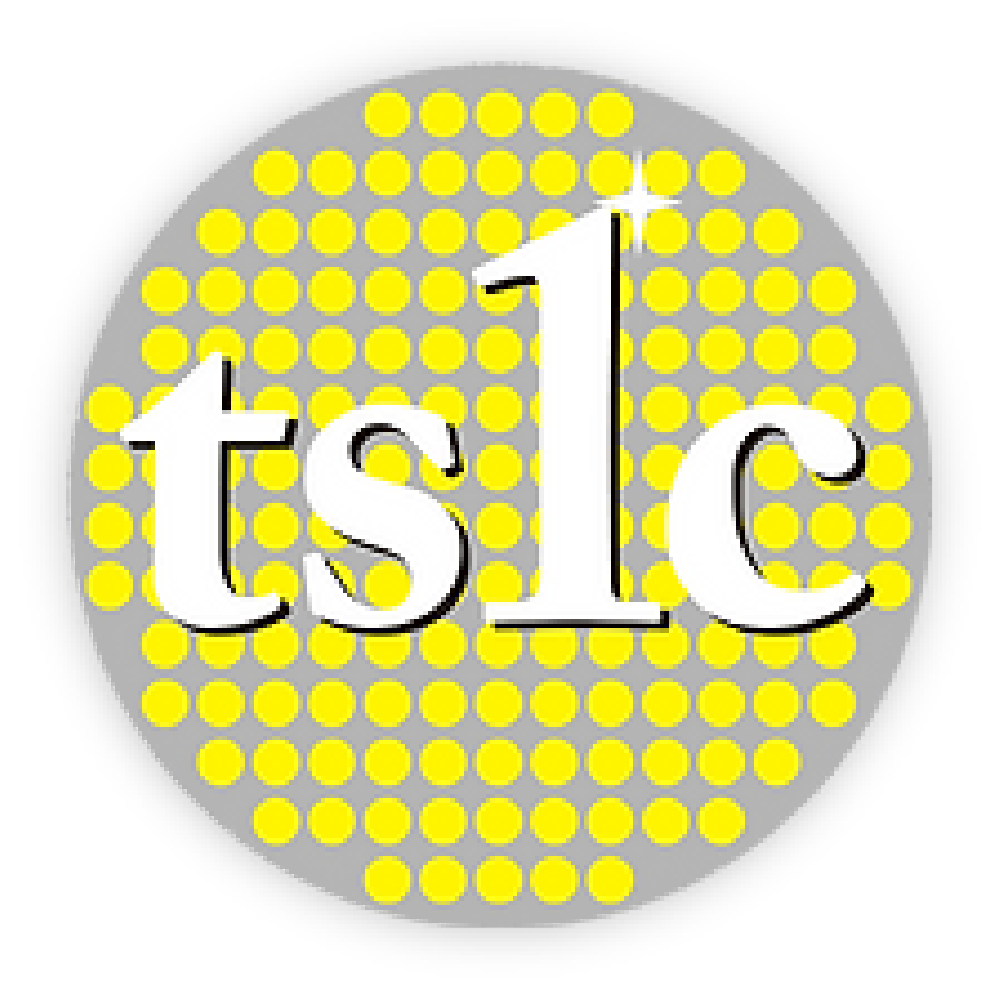Exploring 3D Printing UV Light and Its Role in Resin Technologies
3D printing, or additive manufacturing, has revolutionized the way we design and produce objects, offering unprecedented flexibility and customization. Among the various 3D printing technologies, those utilizing ultraviolet (UV) light to cure resins have gained significant traction for their precision and efficiency. In this article, we’ll delve into common 3D printing methods, focus on light-based resin curing techniques, and highlight the advantages of LED curing methods. We’ll also explore how TSLC Corporation’s expertise in UV LED light sources enhances resin-based 3D printing.
Common 3D Printing Methods
3D printing encompasses several technologies, each with unique processes and applications:
- Fused Deposition Modeling (FDM): This widely-used method involves extruding thermoplastic filaments layer by layer to build objects. It’s popular for its affordability and ease of use but may lack the precision required for intricate designs.
- Selective Laser Sintering (SLS): SLS uses a laser to sinter powdered materials, typically nylon, to form solid structures. It’s known for producing durable parts without the need for support structures
- Stereolithography (SLA): SLA employs a UV laser to cure liquid photopolymer resin, creating high-resolution parts with smooth surface finishes.
- Digital Light Processing (DLP): Similar to SLA, DLP uses a digital light projector to flash each layer of the object, curing the resin rapidly and efficiently.
Light-Based Resin Curing in 3D Printing
Light-based 3D printing methods, particularly SLA and DLP, rely on photopolymerization, where UV light cures liquid resin into solid layers:
- SLA: A UV laser traces the object’s cross-section on the resin surface, solidifying it. The build platform then moves to allow the next layer to be cured.
- DLP: A digital projector flashes an entire layer simultaneously, curing the resin more quickly than SLA. This method is efficient for producing multiple parts at once.
Both techniques offer high precision, making them ideal for applications requiring intricate details, such as dental models, jewelry, and prototypes.
Advantages of LED Curing Methods
LED curing has emerged as a superior method in resin-based 3D printing due to several benefits:
- Energy Efficiency: LEDs consume less power than traditional UV lamps, reducing operational costs.
- Longer Lifespan: LEDs have a longer operational life, minimizing maintenance and replacement expenses.
- Instant On/Off: Unlike mercury lamps that require warm-up time, LEDs reach full intensity immediately, enhancing productivity.
- Compact Design: The small size of LEDs allows for more compact and versatile printer designs.
- Environmental Safety: LEDs do not contain hazardous materials like mercury, making them safer and more environmentally friendly.
These advantages make LED curing methods more cost-effective and efficient, especially for businesses seeking sustainable and high-quality 3D printing solutions.
TSLC Corporation’s Expertise in UV LED Light Sources
TSLC Corporation has extensive experience in designing specialized UV LED light sources tailored for resin-based 3D printing applications. Their innovations focus on:
- Optimized Light Uniformity: Ensuring consistent curing across the entire build platform, resulting in uniform part quality.
- Customized Light Patterns: Developing specific light distributions to match various resin types and printing requirements.
- Modular Electrical Control: Offering flexible and scalable solutions that can be easily integrated into different 3D printing systems.
TSLC’s UV LED products range from 1 to 300 electrical watts and cover wavelengths from 250 nm to 420 nm, catering to diverse industrial and commercial applications, including 3D printing, coating, and medical uses.
Conclusion
The integration of UV light in 3D printing, particularly through LED curing methods, has significantly enhanced the capabilities of resin technologies. LED curing offers superior efficiency, cost-effectiveness, and environmental benefits over traditional methods. With companies like TSLC Corporation leading in UV LED innovation, the future of resin-based 3D printing looks promising, offering high-quality, sustainable, and versatile manufacturing solutions.
